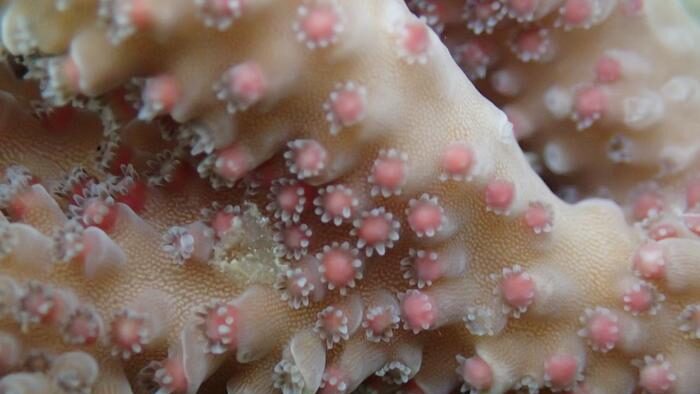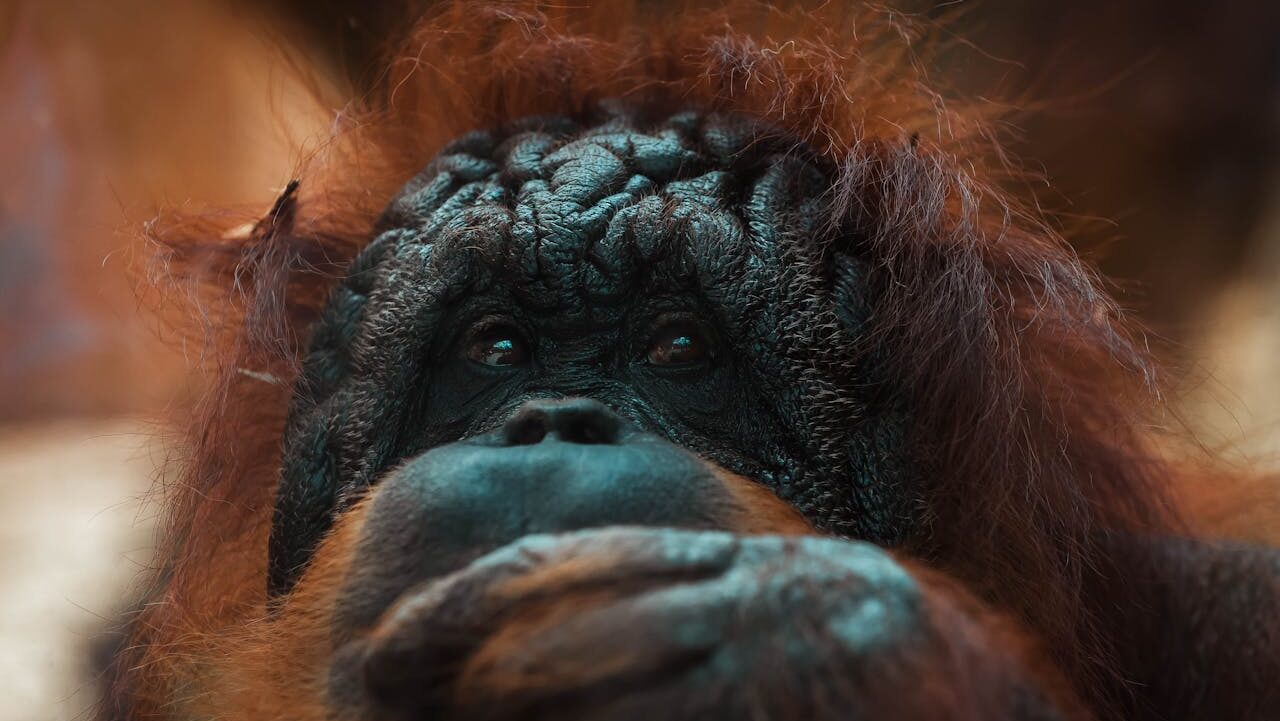Scientists from the University of the Witwatersrand in South Africa have discovered a new dinosaur species, Musankwa sanyatiensis, from the Mid-Zambezi Basin in Zimbabwe.
From University of the Witwatersrand 11/06/24. Title by Superinnovators.
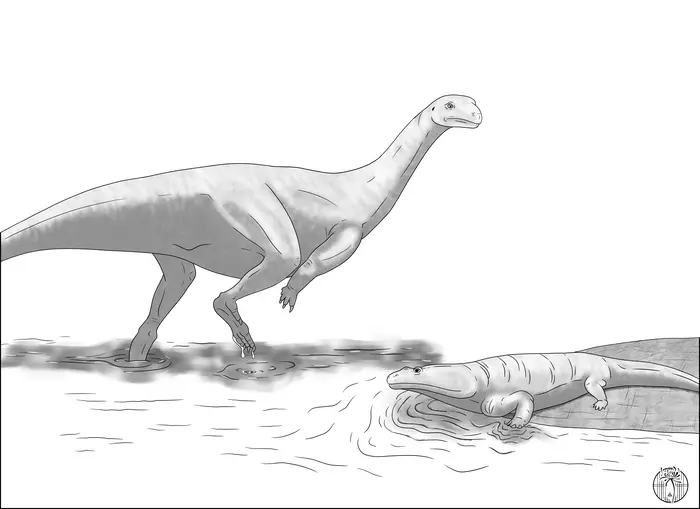
Fossils found on the shoreline of Lake Kariba in Zimbabwe represent a completely new dinosaur species.
This remarkable find, named Musankwa sanyatiensis, marks only the fourth dinosaur species named from Zimbabwe.
The research detailing this significant discovery is set to be published in the prestigious journal Acta Palaeontologica Polonica.
The study was conducted by an international team of scientists from the University of the Witwatersrand (Wits) in South Africa, the Natural History Museum of Zimbabwe, Stony Brook University in New York and was led by Prof Paul Barrett from the Natural History Museum in London.
The discovery of Musankwa sanyatiensis is particularly significant as it is the first dinosaur to be named from the Mid-Zambezi Basin of northern Zimbabwe in over 50 years.
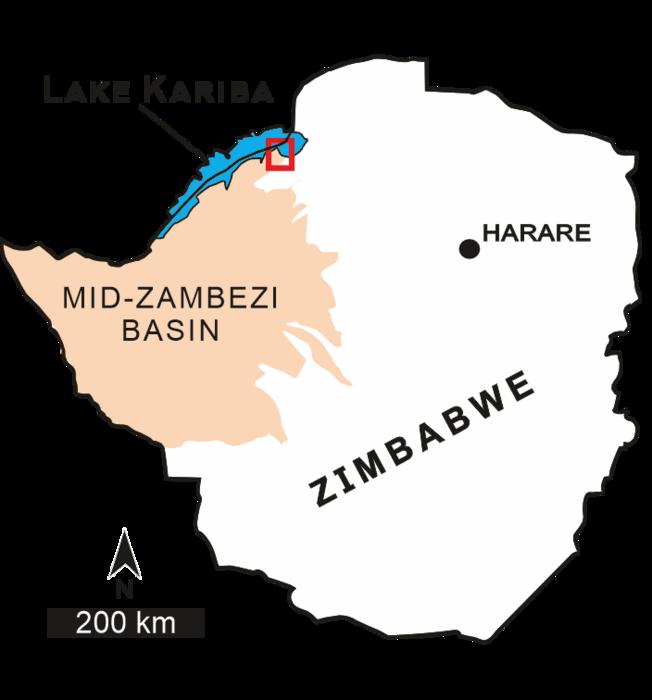
Additionally, it is only the fourth dinosaur to be named from Zimbabwe, following the descriptions of “Syntarsus” rhodesiensis in 1969, Vulcanodon karibaensis in 1972, and, most recently, Mbiresaurus raathi in 2022.
The rocks yielding this new specimen date back to the Late Triassic period, approximately 210 million years ago.
Musankwa sanyatiensis is represented by the remains of a single hind leg, including its thigh, shin, and ankle bones.
“Despite the limited fossil material, these bones possess unique features that distinguish them from those of other dinosaurs living at the same time,” says Dr Kimberley ‘Kimi’ Chapelle, assistant professor at Stony Brook University and an honorary associate at the Evolutionary Studies Institute at Wits.
The discovery was named Musankwa sanyatiensis after the houseboat “Musankwa”.
In the Tonga dialect, “Musankwa” means “boy close to marriage”.
Superinnovators Gadgets: Rubbish Press for Wheelie Bins
To help make our Innovation Journalism sustainable we receive affiliate marketing commission if you purchase our curated gadget through below link. Grateful for your support.
Rubbish Press from Relaxdays fits any wheelie bin and allows you to squash your garbage inside with ease and without getting your hands dirty. Get yours on Amazon
This vessel served as the research team’s home and mobile laboratory during two field expeditions to Lake Kariba in 2017 and 2018.
The vessel was made available to the research team through the generosity of David and Julie Glynn, and the crew – Coster Katupu, Godfrey Swalika, Simbarashe Mangoroma, and Never Mapira – who provided essential logistic support.
Evolutionary analysis reveals that Musankwa sanyatiensis was a member of the Sauropodomorpha, a group of bipedal, long-necked dinosaurs that were widespread during the Late Triassic.
Interestingly, this dinosaur appears to be closely related to contemporaries in South Africa and Argentina.
Weighing in at around 390 kg, the plant-eating Musankwa sanyatiensis was one of the larger dinosaurs of its era.
Africa has a long history of dinosaur discovery, with the first dinosaur in the southern hemisphere found in South Africa just three years after the term “dinosaur” was coined by Sir Richard Owen in 1842.
However, most known dinosaur fossils have been found in just 10 countries, particularly in the northern hemisphere, leading to a sparse representation of African dinosaur diversity in the global fossil record.
“The main reason for the underrepresentation of African dinosaur fossils is ‘undersampling’,” says Barrett.
“Put simply, there have been fewer people looking for and unearthing dinosaurs in comparison with other regions of the world,” he notes.
Despite the fewer discoveries in Africa, many of these fossils are historically and scientifically significant.
These include some of the oldest dinosaurs like Nyasasaurus parringtoni from Tanzania and Mbiresaurus raathi from Zimbabwe, as well as rich dinosaur faunas from South Africa, Tanzania, Niger, and Morocco.
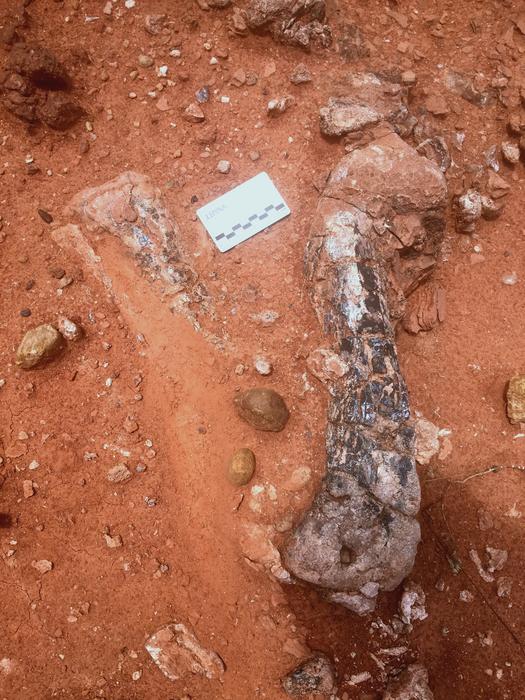
The Late Triassic-Early Jurassic sediments of Zimbabwe are crucial for understanding the End-Triassic extinction, a catastrophic event that dramatically reshaped Earth’s biodiversity around 200 million years ago.
These different layers provide insights into how different fossil-bearing sediments around the world correspond in age and help in piecing together the global picture of prehistoric life.
This new dinosaur species also highlights the untapped potential of the region for further paleontological discoveries.
Barrett elaborates: “Over the last six years, many new fossil sites have been recorded in Zimbabwe, yielding a diverse array of prehistoric animals, including the first sub-Saharan mainland African phytosaurs (ancient crocodile-like reptiles), metoposaurid amphibians (giant armoured amphibians), lungfish, and other reptile remains”.
As more fossil sites are explored and excavated, there is hope for uncovering further significant finds that will shed light on the early evolution of dinosaurs and the ecosystems they inhabited.
“Based on where it sits on the dinosaur family tree, Musanwka sanyantiensis is the first dinosaur of its kind from Zimbabwe,” Dr Kimi Chapelle excitedly explains.
“It, therefore, highlights the potential of the region for further palaeontological discoveries,” she says.
More info
Superinnovators Gadgets: Dental Water Flosser
Affiliate marketing commission paid to Superinnovators.
Superinnovators Gadgets: ‘Anti-gravity’ Build-It-Yourself Tensegrity Desk Toy
Affiliate marketing commission paid to Superinnovators.
Superinnovators Gadgets: Rubbish Press for Wheelie Bins
Affiliate marketing commission paid to Superinnovators.




